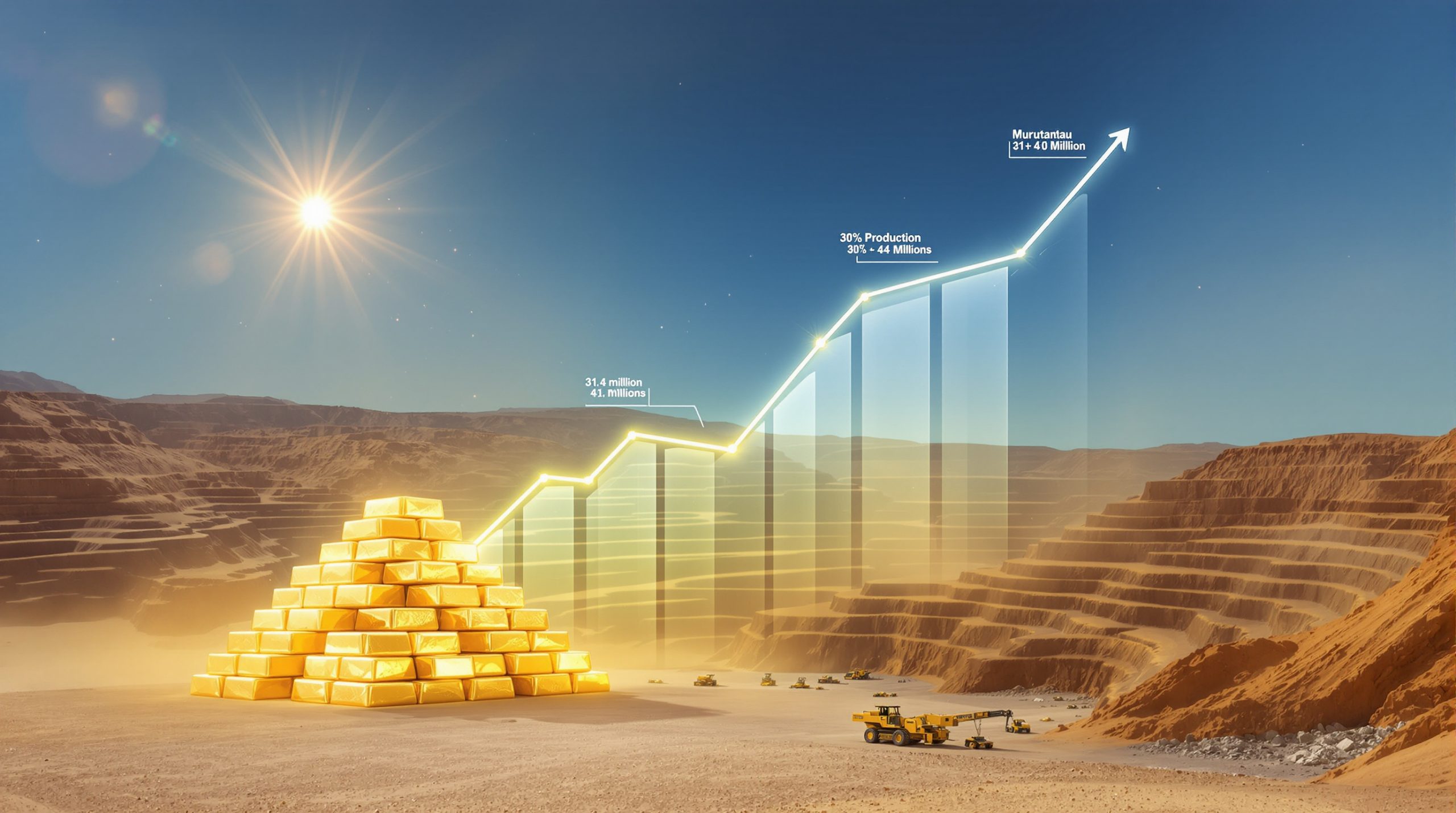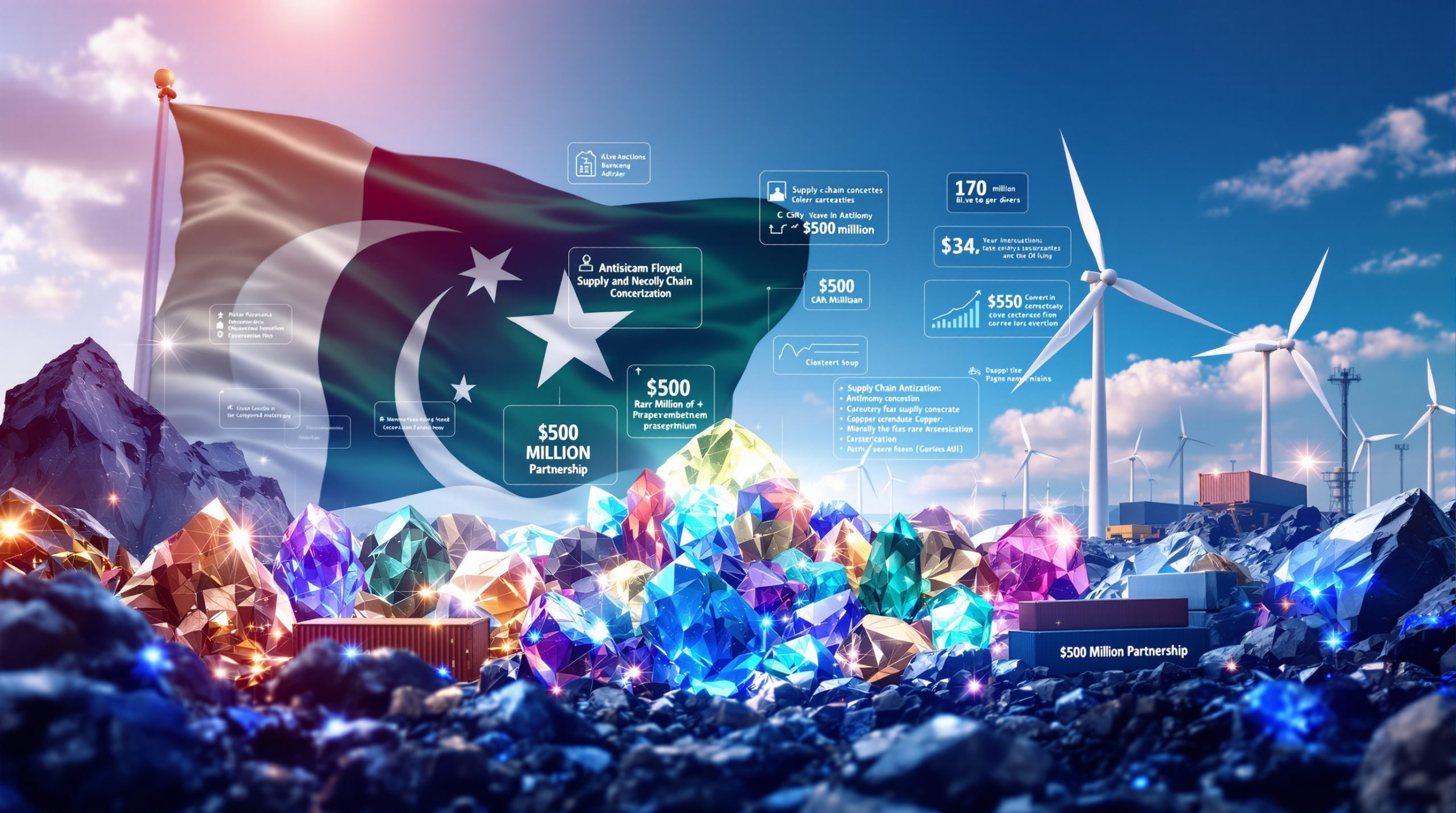Understanding the Geopolitical Significance of Copper
In today's complex global landscape, few resources carry as much strategic importance as copper. Often referred to as "Dr. Copper" for its ability to predict economic trends, this versatile metal has become a crucial indicator of geopolitical power and influence. The control of copper resources directly translates to leverage in international relations, technological advancement, and economic stability.
The distribution of copper production reveals three dominant spheres of influence: American, Chinese, and Russian. These power blocs actively compete for control over copper reserves, recognizing that whoever dominates this essential resource gains significant advantages in the ongoing great power competition.
Copper's importance has only magnified with the global push toward electrification. As the world transitions to renewable energy and electric vehicles, global copper production and geopolitical influence continues to surge, placing even greater geopolitical significance on who controls its production. This metal forms the backbone of modern infrastructure, from power grids to telecommunications, making it a foundational element for economic development and national security.
Why Copper Matters in Today's Geopolitical Landscape
Copper stands at the heart of the global electrification revolution. With roughly 83 kg of copper required in every electric vehicle—four times the amount used in conventional automobiles—demand projections continue to climb sharply. This transition isn't just about transportation; it encompasses the entire energy grid transformation necessary to support a low-carbon future.
Beyond its technological applications, copper serves as an economic barometer. Its copper price dynamics often precede broader economic shifts, earning it the "Dr. Copper" nickname among investors and analysts. When copper prices rise, it frequently signals expanding economic activity; when they fall, economic contraction may follow.
The metal's conductivity, corrosion resistance, and antimicrobial properties make it irreplaceable in numerous applications, from electrical wiring to plumbing and industrial machinery. Unlike some resources that face substitution threats, copper remains essential even as technology advances.
This makes copper not just a commodity but a strategic asset in the chess game of global influence, where production capacity translates directly to geopolitical leverage.
How is Global Copper Production Distributed Among Power Blocs?
American Sphere of Influence
The American-aligned nations control approximately 42% of global copper extraction, nearly double that of the Chinese sphere. This dominance stems primarily from the copper giants of Latin America, with Chile alone accounting for 27% of global production. Peru contributes another 10%, while Mexico and other U.S.-aligned nations make up the remainder.
This copper advantage provides significant strategic benefits to the American bloc, ensuring supply chain security for critical industries while offering economic leverage in international relations. The Chile-Peru copper belt remains one of the world's most productive regions, with the Escondida mine in Chile standing as the single largest copper producer globally.
The Trans-Pacific Partnership and other trade agreements have helped cement these relationships, though challenges from Chinese investment in the region continue to emerge. Furthermore, recent Panama copper supply dispute has highlighted the fragility of regional copper politics.
Chinese Sphere of Influence
China has aggressively expanded its copper footprint, particularly in Africa's resource-rich regions. The Democratic Republic of Congo (DRC) and Zambia form the cornerstone of China's copper strategy, containing some of the highest-grade copper deposits globally. The Central African Copperbelt stretching across these nations holds approximately 6% of the world's copper reserves but offers exceptional ore grades averaging 2-3% copper content—significantly higher than the global average of 0.6%.
Through the Belt and Road Initiative (BRI), China has invested over $50 billion in African infrastructure projects, many strategically positioned to secure mineral resources. Chinese companies now control nearly 15% of global copper extraction, with ambitious plans to narrow the gap with American-aligned producers.
What makes China's strategy particularly effective is its comprehensive approach—securing not just mines but building the roads, railways, and ports needed to transport copper to processing facilities, many of which are Chinese-owned.
Russian Sphere of Influence
Russia controls approximately 4% of global copper production, primarily through domestic operations and partnerships with former Soviet states. The Russian mining giant Norilsk Nickel ranks among the world's top copper mines insights and producers, extracting copper alongside nickel and platinum group metals.
While Russia's copper extraction capacity remains relatively modest compared to the American and Chinese spheres, its strategic positioning as an alternative partner for nations seeking to avoid Western or Chinese influence gives it outsized importance. Russia has leveraged its mining expertise and military relationships to establish copper partnerships in Africa and Central Asia, gradually expanding its resource footprint.
Spheres of Resistance
Several significant copper producers maintain independence from the three major spheres of influence. Indonesia, with its massive Grasberg mine, represents one such power, leveraging its substantial resources to maintain autonomy in its resource policies. The country recently mandated domestic processing of copper concentrates, forcing international mining companies to invest in local refining capacity.
Australia, with approximately 5% of global production, similarly maintains strategic independence while balancing relationships with both American and Chinese interests. These "resistant" producers often command premium valuations from investors precisely because they can pivot between competing power blocs, extracting better terms for their resources.
What Drives China's African Copper Strategy?
The Congo-Zambia Copper Belt
The copper belt stretching across the DRC and Zambia represents one of the world's richest mineral regions, containing an estimated 50 million tonnes of copper reserves. What makes these deposits particularly valuable is their exceptional grade—up to five times richer than many competing deposits elsewhere.
Historical colonial extraction left much of the infrastructure in place, though often deteriorated, providing China with an opportunity to revitalize and expand these operations. Current production from the region approaches 1.5 million tonnes annually, with substantial growth potential as additional Chinese investments come online.
The region also contains significant cobalt reserves—another critical battery metal—creating synergies in extraction and processing that enhance the strategic value of these investments. Recent global copper smelting trends indicate increasing activity in this region.
China's Infrastructure Investment Strategy
China's approach to securing African copper resources goes far beyond simple mine acquisitions. The BRI has channeled billions into transportation networks explicitly designed to facilitate mineral extraction and export. The Tanzania-Zambia Railway (TAZARA), originally built with Chinese assistance in the 1970s, has received significant modernization investments to support copper exports.
In the DRC, Chinese companies have constructed over 3,000 kilometers of roads and railways connecting mining regions to ports, often in exchange for mineral rights. These infrastructure projects serve dual purposes: they create the physical means to export copper while generating goodwill and political influence with host governments.
The strategy represents a long-term vision to secure resources for China's manufacturing sector while reducing dependence on copper controlled by American-aligned nations.
The Extraction-Refining Disconnect
Extraction vs. Refining Power Dynamics
A crucial asymmetry exists in the global copper industry between extraction and refining capacity. While American-aligned nations dominate extraction, refining capacity follows a dramatically different pattern. This disconnect creates strategic vulnerabilities where countries producing copper often find themselves dependent on foreign refining capacity to monetize their resources.
The refining process—converting copper concentrate (typically 20-30% copper) into 99.99% pure copper cathodes—requires substantial technical expertise and energy resources. Nations controlling this step in the value chain can extract premium processing fees while influencing global copper flows.
This extraction-refining disconnect has major geopolitical implications, as it forces cooperation between otherwise competing blocs and creates potential chokepoints in the global supply chain.
China's Refining Advantage
China has strategically invested in becoming the world's primary copper refining hub, now controlling approximately 40% of global refining capacity despite producing only about 8% of copper ore domestically. This refining dominance gives China significant leverage over the entire copper market.
Even American-aligned producers often find themselves shipping concentrate to Chinese refineries, creating a form of resource dependency that runs counter to extraction patterns. China's refining capacity has grown at three times the rate of its domestic mining output over the past decade, indicating a deliberate strategy to control this critical step in the value chain.
This refining advantage may prove increasingly valuable as environmental regulations make new refinery construction more difficult in Western nations, potentially cementing China's position for decades to come. Rio Tinto's copper shift represents one Western response to this challenge.
Beyond Copper: The Broader Critical Minerals Landscape
Other Strategic Metals in Geopolitical Competition
The geopolitical competition visible in copper extends across numerous critical minerals, though with varying patterns of control. Rare earth elements, crucial for electronics and defense applications, show even greater Chinese dominance, with approximately 85% of processing capacity under Chinese control.
Lithium presents a different picture, with the "Lithium Triangle" of Chile, Argentina, and Bolivia holding over 50% of global reserves, mostly aligned with American interests. Nickel shows more diverse control, with significant production in Indonesia, the Philippines, and Russia creating a more fragmented influence map.
Antimony, essential for flame retardants and batteries, demonstrates near-complete Chinese dominance, with over 70% of global production. The varying distribution patterns across these minerals create complex interdependencies that no single power bloc has fully resolved. According to Geopolitical Futures, these mineral dependencies will shape international relations for decades to come.
How Will Copper Geopolitics Shape Future Investment?
Investment Implications of Geopolitical Copper Control
For investors, understanding copper's geopolitical dimensions offers significant advantages in portfolio construction. Companies operating in "friendly" jurisdictions relative to their home markets typically command premium valuations, reflecting lower political risk. Conversely, firms navigating cross-sphere operations face higher volatility but potentially greater returns.
The "friend-shoring" trend—relocating supply chains to politically aligned nations—has accelerated copper investment in American-sphere producers, with new capital expenditures in Chile and Peru reaching $10 billion annually. Meanwhile, Chinese investment continues to flow into African copper assets, often accepting political risks that Western companies avoid.
Smart investors recognize that copper projects increasingly require geopolitical analysis alongside traditional financial metrics. Projects aligned with major national security initiatives often receive permitting advantages and financing support unavailable to others. As BHPI insights suggests, copper will continue shaping our future economy in profound ways.
Strategic Forecasting Using Copper as an Indicator
Copper production patterns offer valuable insights for predicting broader geopolitical moves. Nations investing heavily in securing copper supplies typically telegraph their long-term industrial and military ambitions, as these require secured resource inputs years before final products emerge.
China's aggressive copper acquisition strategy preceded its dominance in solar panel manufacturing by nearly a decade—an instructive pattern for forecasting future industrial priorities. Similarly, renewed Western interest in domestic copper production signals the seriousness of reshoring critical manufacturing capacity.
By monitoring where major powers direct their copper investments, observers gain early indicators of strategic priorities that may not appear in official policy documents until years later.
FAQ About Copper Production and Geopolitics
What percentage of global copper production is controlled by each major power bloc?
The American sphere currently controls approximately 42% of global copper extraction, centered in Chile (27%), Peru (10%), and other aligned nations. The Chinese sphere influences roughly 15% of production, primarily through investments in Africa and domestic operations. The Russian sphere accounts for about 4-5% of global extraction. The remaining production comes from independent or resistant nations outside these primary spheres of influence.
This distribution has shifted notably over the past two decades, with Chinese influence growing from under 10% to its current level, primarily at the expense of previously non-aligned producers rather than reducing American-sphere control.
How does copper refining capacity differ from extraction capacity globally?
While American-aligned nations dominate extraction, refining capacity follows a dramatically different pattern. China controls approximately 40% of global refining capacity despite producing only 8% of copper ore. Japan and South Korea together operate about 15% of refining capacity with minimal domestic extraction.
This creates a situation where major producing nations in Latin America often export concentrate to Asian refineries—a vulnerability in the supply chain that has prompted recent investments in domestic refining capacity in Chile and Peru to reduce this dependency.
Which countries represent "spheres of resistance" in the copper market?
Indonesia stands as perhaps the most significant independent copper producer, leveraging its substantial Grasberg mine to maintain policy autonomy. Australia, with approximately 5% of global production, similarly balances relationships between competing blocs while maintaining independence in resource policy.
Kazakhstan has recently emerged as another significant "resistant" producer, balancing relationships with Russia, China, and Western nations to maximize the value of its mineral resources. These countries often extract premium terms from investors precisely because they can credibly threaten to pivot between competing geopolitical interests.
What are the most significant recent shifts in copper geopolitics?
The past five years have witnessed several transformative developments in copper geopolitics. Perhaps most significant is the accelerated "friend-shoring" trend following supply chain disruptions, with Western nations and companies making concerted efforts to secure copper supplies from politically aligned countries.
China's shift from pursuing minority stakes in Western-operated mines to outright control of African copper assets represents another major evolution, indicating lower risk tolerance for shared control. The emergence of "critical minerals" as an explicit national security concern in American, European, and Japanese policy documents has further politicized copper investments that previously operated primarily on commercial terms.
These shifts collectively suggest a fragmentation of what was once a genuinely global copper market into increasingly sphere-specific supply chains—a trend likely to accelerate in coming years.
Want to Gain an Edge in the Next Mineral Discovery?
Discover significant ASX mineral discoveries before the market with Discovery Alert's proprietary Discovery IQ model, giving you immediate insights into actionable opportunities. Understand why major discoveries can lead to substantial returns and position yourself ahead of the market with your 30-day free trial today.




